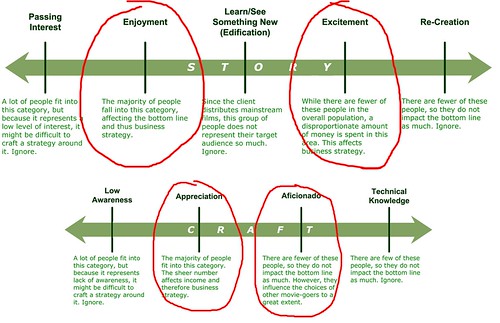UX Bookclub Auckland
For those who follow what’s going on in the UX world, one of the best things to happen this year is the establishment of a global UX Bookclub collective. We’ve had an Auckland group since June, which has had some great discussions on books ranging from mental models to sustainability. Here’s a roundup of what we’ve looked at over the last few months. Next one is “How Buildings Learn” (I think) – see the site or contact the unorganisers via Twitter for more details. What we’ve looked at so far:
September
Why We Buy: The Science of Shopping Paco Underhill  I’d never heard of this book, which turned out to be a treasure. Underhill draws on two decades worth of experience as a consultant for retail environments to point out the ways that environment can affect customers buying. The main point I got from this book was the importance of metrics and quantitative research. The only sticking point of this book was Underhill’s sections on the web – while in his 1st edition he prophetically suggested that online shopping would excel for convenience and niche products without killing real-life shopping, his 2nd edition expanded on the idea only with anti-web like statements. Aside from this, the book was an enlightening read, particularly since it continually went back to proven ROI as the result of their work.
I’d never heard of this book, which turned out to be a treasure. Underhill draws on two decades worth of experience as a consultant for retail environments to point out the ways that environment can affect customers buying. The main point I got from this book was the importance of metrics and quantitative research. The only sticking point of this book was Underhill’s sections on the web – while in his 1st edition he prophetically suggested that online shopping would excel for convenience and niche products without killing real-life shopping, his 2nd edition expanded on the idea only with anti-web like statements. Aside from this, the book was an enlightening read, particularly since it continually went back to proven ROI as the result of their work.
August
Design is the Problem by Nathan Shedroff  It’s great to see designers tackling the issue of sustainability and design. Shedroff creates an easy to read and accessible 101 to sustainability and life cycle design. However, this book unfortunately lacked in case studies, and seemed difficult to identify its audience – it may be preaching to the converted without providing enough pragmatic information to really allow them to become practitioners or informed evangelists.(Disclaimer: since I work at a sustainability-led consultancy – that was even appendicised in the back of the book – I know that I might have higher-than-usual expectations!)
It’s great to see designers tackling the issue of sustainability and design. Shedroff creates an easy to read and accessible 101 to sustainability and life cycle design. However, this book unfortunately lacked in case studies, and seemed difficult to identify its audience – it may be preaching to the converted without providing enough pragmatic information to really allow them to become practitioners or informed evangelists.(Disclaimer: since I work at a sustainability-led consultancy – that was even appendicised in the back of the book – I know that I might have higher-than-usual expectations!)  (See the Design is the Problem flickr feed for more images)
(See the Design is the Problem flickr feed for more images)
July
Mental Models by Indi Young  Having decided to go for a more methods based book for this session, Mental Models proved a thorough and well thought out read. Using the example of going to the movies, Young carried this example throughout the course of the book to explain card sorting, analysis and testing. Our only gripes with the book were that there was a long time spent on interviewing, and little spent on the post-model process (how you implement and sell it). However, the book excelled in showing the complexity of the process and methods by which to deal with it.
Having decided to go for a more methods based book for this session, Mental Models proved a thorough and well thought out read. Using the example of going to the movies, Young carried this example throughout the course of the book to explain card sorting, analysis and testing. Our only gripes with the book were that there was a long time spent on interviewing, and little spent on the post-model process (how you implement and sell it). However, the book excelled in showing the complexity of the process and methods by which to deal with it.  (See the Mental Models flickr feed for more images)
(See the Mental Models flickr feed for more images)
June
Emotional Design by Don Norman  Norman’s primary thesis of this book is that emotion is important in design (something he denied in “The Design of Everyday Things”), and that there are three different modes of observing an object (visceral, behavioural, and reflective). While this is interesting, there isn’t a great deal much else in this book – while ‘Design of Everyday Things’ may have its flaws, it is still a far more influential and developed book than Emotional Design.
Norman’s primary thesis of this book is that emotion is important in design (something he denied in “The Design of Everyday Things”), and that there are three different modes of observing an object (visceral, behavioural, and reflective). While this is interesting, there isn’t a great deal much else in this book – while ‘Design of Everyday Things’ may have its flaws, it is still a far more influential and developed book than Emotional Design.
Member discussion